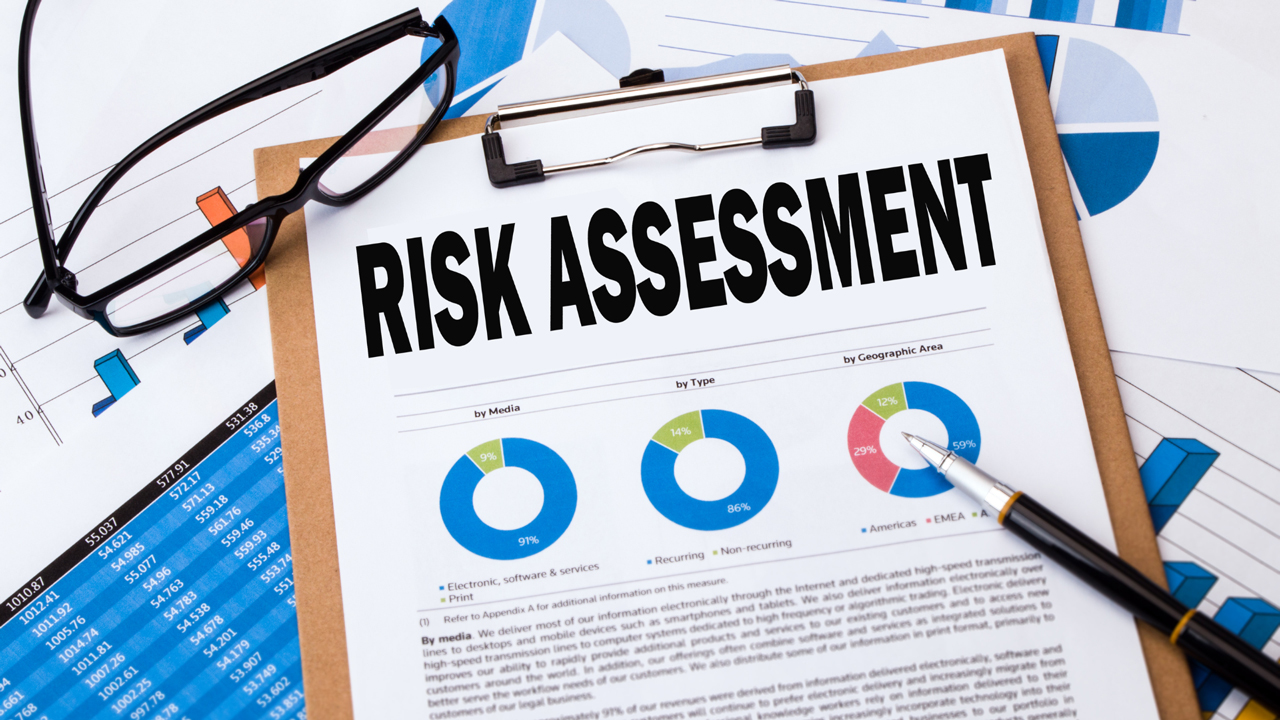
In the ever-evolving landscape of cybersecurity, organizations, including manufacturing units, face a multitude of threats that can compromise sensitive data, disrupt operations, and tarnish their reputation.
To effectively navigate this complex terrain, mastering the National Institute of Standards and Technology (NIST) risk assessment is crucial.
One prominent framework that provides comprehensive guidelines for risk assessment is the NIST Cybersecurity Framework.
What is NIST?
The National Institute of Standards and Technology, a renowned agency under the U.S. Department of Commerce, has been at the forefront of promoting cybersecurity best practices. Its risk assessment guidelines offer a structured approach to identifying, evaluating, and mitigating cybersecurity risks.
This involves a continuous cycle of assessing risks, implementing controls, monitoring the effectiveness of those controls, and adapting to new threats.
NIST Cybersecurity Framework: Key Components
The NIST Cybersecurity Framework is a treasure trove of guidance for organizations, including manufacturing units, seeking to bolster their cybersecurity posture. It consists of five core functions: Identify, Protect, Detect, Respond, and Recover.
These functions are further broken down into categories and subcategories that address specific aspects of cybersecurity risk assessment and management.
Real-World Application of NIST Guidelines in Manufacturing
Let’s delve into practical examples within the manufacturing sector and the Department of Defense (DoD) to illustrate the implementation of NIST risk assessment principles.
Manufacturing Example
Consider a manufacturing company that wants to evaluate the risk associated with its automated production line. The risk assessment process begins with identifying the assets involved, such as production equipment, control systems, and proprietary product designs.
- Asset Management and Risk Identification – The first step involves asset management and risk identification. The manufacturing company identifies potential threats, such as unauthorized access to control systems and cyber-attacks targeting critical production equipment. The next phase focuses on assessing the potential impacts of these threats on the availability and integrity of the manufacturing process.
- Implement Risk Mitigation Controls – Once the risks are identified and their potential impacts assessed, the manufacturing company implements risk mitigation controls. These controls align with the Protect function of the NIST framework. For instance, they might include network segmentation to isolate control systems from the corporate network, regular security patching of industrial control systems, and employee training on cybersecurity best practices.
- Ongoing Monitoring and Adaptation – The process doesn’t end after implementation. Continuous monitoring is a critical aspect of the NIST framework. The manufacturing company employs intrusion detection systems, monitors logs for unusual activities in production environments, and conducts regular vulnerability assessments to ensure that the controls remain effective against emerging threats.
- Enhanced Cybersecurity Posture for Manufacturing – By adhering to NIST guidelines, the manufacturing company achieves more than risk reduction. It establishes a robust security posture that enhances its reputation for product quality and safety, ensures compliance with industry-specific regulatory requirements, and demonstrates a commitment to safeguarding sensitive manufacturing processes and designs.
DoD Example
For organizations operating under the Department of Defense (DoD) NIST 800-171 standards, the risk assessment process is essential for compliance and national security. Let’s consider a defense contractor responsible for developing advanced military technology.
- Identifying Controlled Unclassified Information (CUI) – The first step involves identifying Controlled Unclassified Information within their systems. This includes technical data, specifications, and designs related to military projects.
- Assessing Vulnerabilities – The defense contractor assesses vulnerabilities specific to CUI. For instance, they evaluate the potential risks of unauthorized access to CUI, data breaches during data transmission, and insider threats.
- Implementing NIST Controls – Based on the assessment, the defense contractor implements NIST 800-171 controls to protect CUI. This includes encryption of CUI at rest and in transit, stringent access controls, and the use of secure communication channels.
- Continuous Monitoring – Continuous monitoring of systems housing CUI is crucial to detect any anomalies or unusual activities. The defense contractor employs intrusion detection systems and conducts regular security audits to maintain compliance with NIST 800-171.
- Incident Response – In the event of a security breach involving CUI, the defense contractor follows a predefined incident response plan. This plan includes steps to contain the breach, report it to the DoD, and recover lost or compromised CUI.
Benefits of NIST Risk Assessment in Manufacturing
Implementing NIST risk assessment offers several tangible benefits to manufacturing companies:
- Tailored Approach – NIST allows organizations to tailor its framework to their specific manufacturing needs, ensuring that risk assessment efforts align with business goals and production processes.
- Compliance – NIST guidelines often align with industry-specific regulatory requirements for manufacturing, ensuring that organizations remain compliant with manufacturing standards and regulations.
- Adaptability – The NIST framework is designed to evolve alongside emerging threats and technologies, providing a flexible approach to risk management that is particularly valuable in the fast-paced world of manufacturing.
- Enhanced Communication – The standardized language provided by NIST facilitates communication among manufacturing stakeholders, from production floor personnel to executive leadership, ensuring that everyone speaks the same cybersecurity language.
- Cost-Effective – By focusing resources on areas of highest risk within manufacturing processes, organizations can achieve cost-effective risk mitigation while safeguarding product quality and reputation.
Partner for Expertise – Elevate Your Manufacturing and Department of Defense (NIST 800-171) Cybersecurity with Tech Guardian
Navigating the intricate world of risk assessment and cybersecurity in manufacturing and the Department of Defense (DoD) under NIST 800-171 standards can be challenging. That’s where expert assistance comes into play. Partnering with cybersecurity, compliance, and IT support experts like Tech Guardian can empower manufacturing organizations and DoD contractors to leverage the NIST framework effectively.
These professionals bring the technical expertise needed to implement NIST guidelines, tailor them to specific manufacturing and DoD business needs, and ensure continuous monitoring and improvement within production environments.
Tech Guardian specializes in providing the best cutting-edge cybersecurity, compliance, and IT support solutions for manufacturing companies and DoD contractors. With our guidance, your organization can master risk assessment using NIST guidelines, uphold national security standards, and establish a resilient defense against cyber threats.
Contact us today at 951-319-4080 to embark on a journey of cybersecurity excellence within the manufacturing sector and the Department of Defense and ensure the safety, integrity, and security of your production processes, designs, and national security initiatives.
